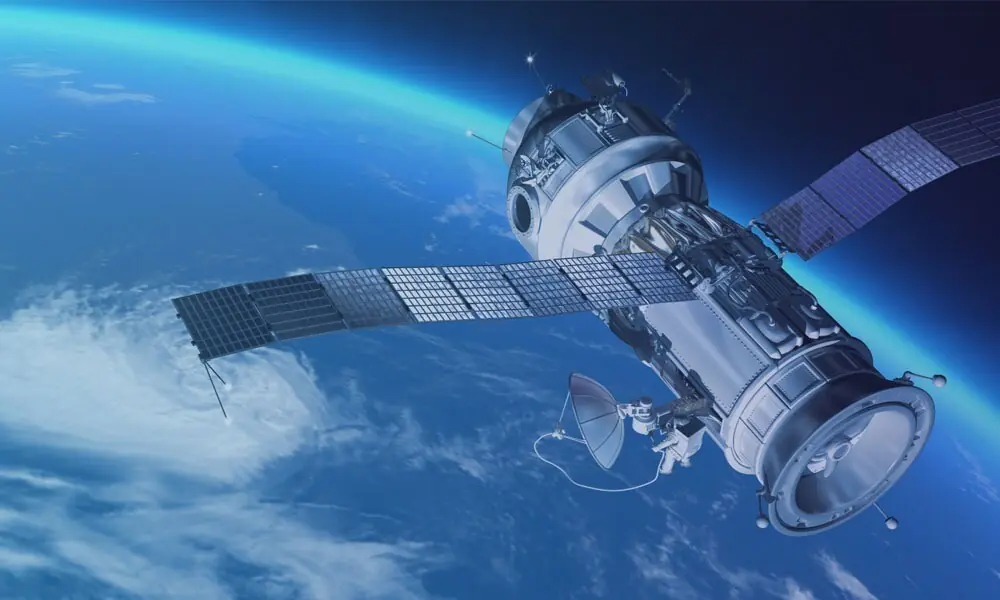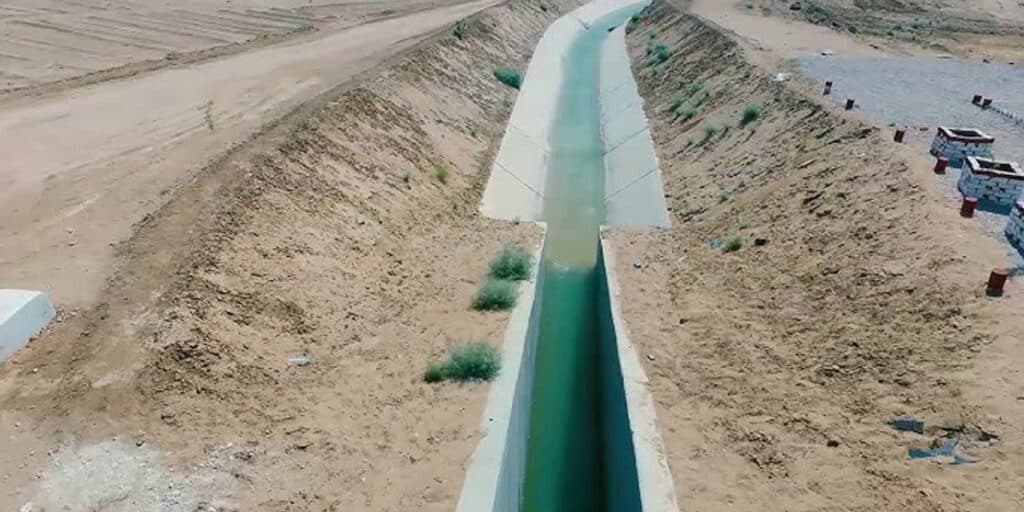ISLAMABAD: Pakistan’s Space and Upper Atmosphere Research Commission (Suparco) announced that the country’s first hyperspectral satellite, HS-1, is set to launch from the Jiuquan Satellite Launch Centre in China today.
The mission indicates a major advancement in Pakistan’s national space programme and is expected to increase the country’s capabilities in agriculture, urban planning, environmental monitoring, and disaster management.
The launch represents a “transformative milestone” that will usher in a new era of advanced space-based applications.
The HS-1 satellite is equipped with hyperspectral imaging technology, which captures hundreds of narrow colour bands far beyond what conventional satellite cameras can detect.
This allows scientists to observe minute variations in light, enabling detailed analysis of the Earth’s surface and atmosphere.
Furthermore, Suparco stated that the HS-1 mission will particularly benefit Pakistan’s agriculture sector, supporting precision farming through high-resolution data.
The satellite’s imaging capabilities will help assess crop health, soil moisture, and irrigation patterns, potentially improving yield estimates by 15 to 20 percent and contributing to the nation’s food security.
In addition to this, HS-1 will assist in urban development by mapping infrastructure and analysing growth patterns.
Moreover, Suparco described HS-1 as a “vital tool” for environmental monitoring and disaster management, with applications in flood prediction, landslide tracking, and geo-hazard assessment particularly in the northern regions and along the Karakoram Highway.
It will also increase post-disaster assessments, water resource modelling, and transportation network analysis.
Also Read: Pakistan’s new remote sensing satellite reached its orbit
The new satellite will join Pakistan’s expanding remote sensing constellation, which includes PRSS-1 (launched in 2018), EO-1 (January 2025), and KS-1 (July 2025).





